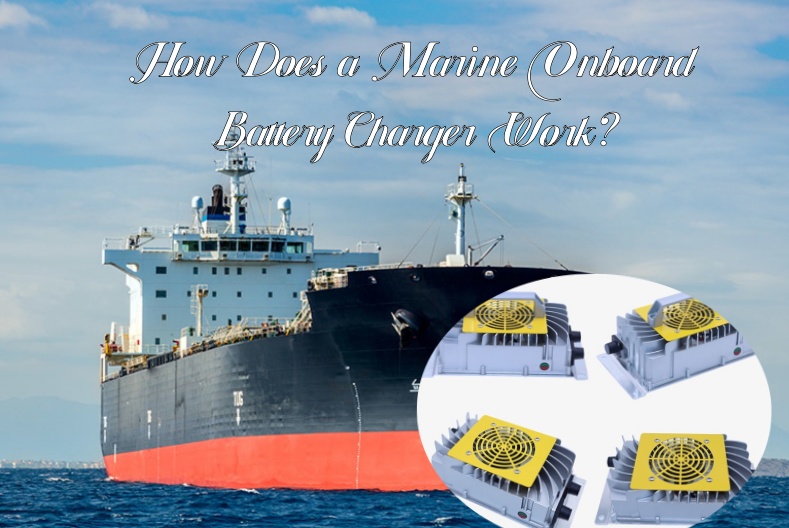
Whether you’re powering a fishing boat, sailboat, or any recreational vessel, understanding how a marine onboard battery charger works is essential for reliable operation on the water.
Most boats are equipped with two types of batteries:
● Starting batteries, which power the engine ignition
● Deep cycle batteries, which run accessories like trolling motors, GPS units, and fish finders
While many modern outboard motors have alternators that keep the starting battery charged once the engine is running, these alternators usually do not charge deep cycle batteries.
That’s where a marine onboard battery charger comes in.
A marine onboard charger is specifically designed to keep your deep cycle and starting batteries charged safely and conveniently. Instead of manually disconnecting and moving your batteries after every trip, a marine onboard charger allows you to plug in once you're docked or back on shore.
If your outboard motor doesn’t have an alternator, a marine on board charger can also be used to maintain your starting battery. It's a simple plug-and-play solution that ensures your marine batteries are always ready for your next adventure.
This is a common question for boat owners. The good news is that most modern onboard marine battery chargers feature smart charging capabilities.
These include:
● Float mode or maintenance mode, which automatically stops charging when the battery is full
● Automatic recharging once the battery voltage drops below a set threshold
With these features, you can safely leave your on board marine charger plugged in without worrying about overcharging or damaging your batteries.
Choosing the right on board battery charger marine isn’t just about voltage—it’s also about durability and compatibility. Since these chargers are installed in wet environments, look for features like:
● Waterproof and corrosion-resistant design
● Multi-bank support to charge different types of batteries simultaneously
● Compatibility with your battery types (AGM, gel, lithium, or flooded lead-acid)
For example, if your boat uses a 12V AGM deep cycle battery and a 12V flooded lead-acid starter battery, you'll need a marine on board charger that can handle both chemistries across separate charging banks.
Most on board marine battery chargers come with installation instructions and can be mounted easily with a few tools. Key tips for proper installation:
● Mount the charger close to the batteries but not directly on top of them
● Ensure enough airflow around the charger to prevent overheating
● Position the plug where it’s easy to connect to shore power or an extension cord
If you're not confident in your DIY skills, a professional marine technician can help you install your marine onboard battery charger quickly and safely.
Charging time depends on:
● The amp hour (Ah) rating of the battery
● The output amperage of your onboard charger
For example, a 75Ah battery connected to a 7.5 amp marine.on board battery charger would take roughly 10 hours to charge fully. Choosing a charger with more amperage can shorten this time significantly.
If you’re looking for a trusted, high-performance on board marine charger, visit EvlithiumCharger.com. Their advanced marine onboard battery charger solutions are waterproof, smart, and compatible with a wide range of battery chemistries.
Whether you're upgrading your current setup or installing for the first time, their selection of on board marine chargers will keep your batteries healthy and your adventures uninterrupted.
Next:EVE Energy and Aksa Power Showcase Next-Gen Energy Storage Solutions at 2025 Turkey Solar Expo
Previous:Tesla Debuts V4 Superchargers in China, Expanding Fast-Charging Access to More EVs
Contact Person: Miss. Kiki
| WhatsApp : | +8617763224709 |
|---|---|
| Skype : | +8617763224709 |
| WeChat : | +8617763224709 |
| Email : | kiki@lifepo4-battery.com |